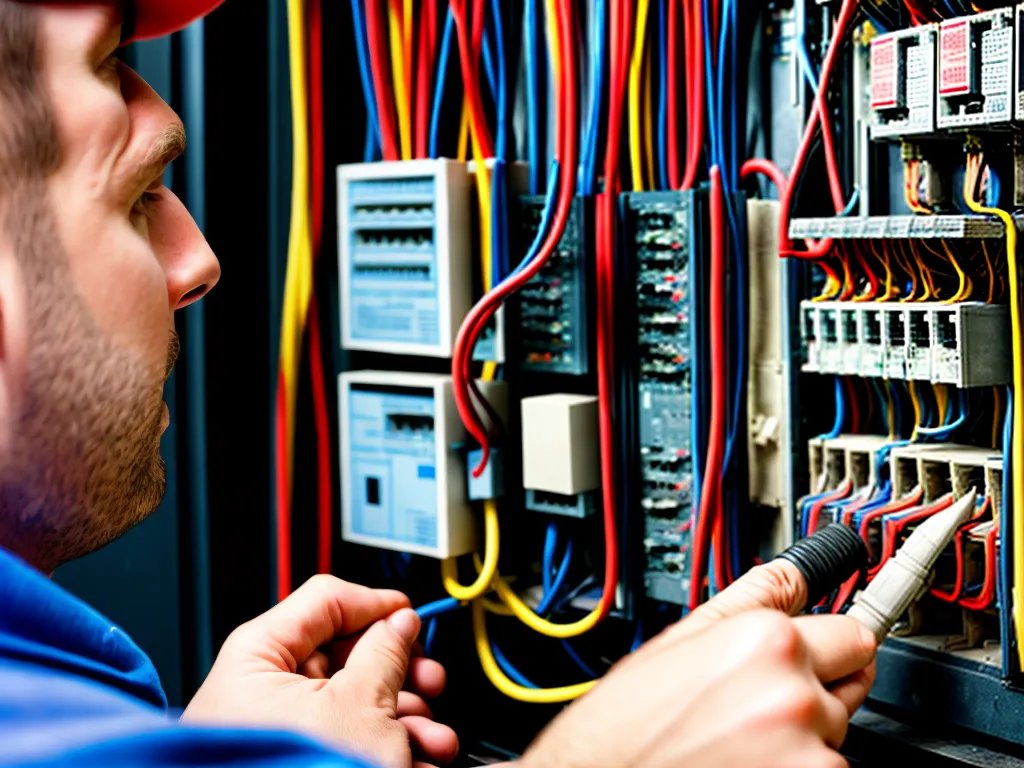
How to Troubleshoot Issues With Your Business's Electrical Panel
Having issues with your business's electrical panel can be extremely disruptive and even dangerous if not addressed promptly. As a business owner, it's important to understand the common problems that can occur and how to troubleshoot them so you can get your power back on track quickly. With some basic knowledge, you can often diagnose and resolve minor electrical panel problems on your own before they become bigger headaches.
Inspect Your Electrical Panel Frequently
I make it a habit to visually inspect the electrical panel at least once a month. I look for any signs of damage, rust, corrosion, overheating, or loose connections. I also listen for any buzzing, sizzling, or humming noises which could indicate an internal issue. Any unusual odors like a burning or chemical smell are a major red flag of a potentially dangerous electrical problem. Being proactive with inspections allows me to detect minor issues before they escalate into major failures.
Know Where Your Main Shutoff Switch Is Located
The main shutoff switch allows me to cut power to the entire electrical panel. Locating this switch lets me completely deactivate the panel if I detect any safety issues or need to conduct maintenance. The main shutoff switch is usually located inside the electrical panel or on the circuit breaker box. I make sure all employees know its location in case it needs to be used in an emergency.
Recognize the Signs of Overloaded Circuits
Electrical outlets and circuits can easily become overloaded in a business setting. I watch for signs like frequently tripped circuit breakers, flickering lights, and outlets that sparked. These point to an overloaded circuit that is carrying more power than it was designed for. I address overloaded circuits right away by redistributing devices and equipment to underutilized outlets and circuits. This prevents damage, blown fuses, and possible fires.
Test Circuit Breakers That Trip Frequently
Circuit breakers are designed to trip and cut power in the event of sudden voltage spikes or overloads. But breakers that trip frequently under normal loads could signal a deeper issue. I test suspect breakers by resetting the switch and running loads I know are within the circuit's capacity. If it trips again under a normal load, the circuit likely has a short and needs repair by an electrician. Frequent tripping leads to nuisance outages, so I make fixing the underlying cause a priority.
Check Connections on Main Service Lines
I inspect the condition of the main service lines that supply power to my building. Problems with these heavy feeder wires and connections can disrupt all electricity to the property. I check that the service lines are intact, undamaged, and securely fastened without any rust or corrosion. If they are weather-damaged, I call the utility company immediately to avoid an outage. Any issues with the main service lines are too dangerous for DIY repairs.
When to Call an Electrician
While I can troubleshoot minor issues, any complex electrical panel problems require a licensed electrician. I contact a professional immediately if I detect damaged wiring, burned circuit breaker ports, missing knockouts, or continual tripped breakers without an overload cause. I also have an electrician perform a periodic safety inspection of my aging electrical panel to identify potential hazards. Paying for repairs now prevents catastrophe down the road, giving me peace of mind.
Staying vigilant and conducting regular maintenance allows me to catch problems with my business's electrical panel before they interrupt my operations or create unsafe conditions. With some DIY troubleshooting, I can often resolve minor issues quickly. For major repairs or safety concerns, I entrust the work to licensed professionals. Keeping my electrical system running smoothly is critical for protecting my property, equipment, and employees.